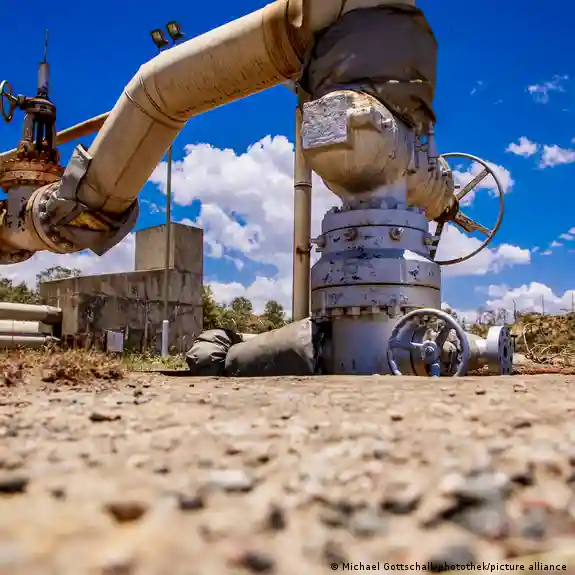The new pipeline is anticipated to receive 6.5 million liters of fuel from the 54-year-old Tanzania-Zambia Mafuta pipeline as they prepare for enhancement to its fuel pipeline. Experts predict that the fuel prices will decline upon the commencement of operations for the new pipeline.
Zambia’s heavy dependence on fuel is conspicuously apparent in its bustling road network, with thousands of vehicles traversing the country daily.
However, Zambia doesn’t possess its own reservoirs of crude oil; it relies on imports primarily from the Middle East and Europe, facilitated through the port in Dar es Salaam, Tanzania, its neighboring country. The extensive distribution of fuel across the nation via road transport is both time-consuming and costly.
Nevertheless, the situation may soon see a transformation, as a fuel pipeline project is currently in progress in Mpika town, Muchinga province, Zambia. The aging Tanzania Zambia Mafuta (TAZAMA) pipeline, established in 1968, is slated to deliver 6.5 million liters of fuel to the new depot in Muchinga, as confirmed by Zambian authorities.
According to TAZAMA’s Managing Director, Davison Thawete, the outcome of this construction will be the centralized supply of fuel to the northern, Muchinga, and Luapula provinces from this depot.
The extensive TAZAMA pipeline covers a distance of 1,710 kilometers (1,062 miles) and has been instrumental in conveying unrefined crude oil materials from the Port of Dar-es-Salaam in Tanzania to Zambia’s Indeni Petroleum Refinery in Ndola for numerous years.
Zambian authorities indicate that the upcoming facility will feature enhanced specifications when compared to the TAZAMA pipeline.
In July, officials from Tanzania and Zambia engaged in discussions regarding the new project and the security of the existing TAZAMA pipeline
Competition date for the Zambia new fuel pipeline
Zambian authorities have informed DW that the new project is scheduled for completion by November this year, aiming to enhance fuel distribution throughout the country.
Presently, Zambia consumes slightly over 1 million liters of fuel daily, with a liter of diesel costing around $1.07 (€1.01) in the capital, Lusaka, a price many find challenging to manage. These elevated fuel costs are often attributed to the expenses associated with road transportation and distribution, particularly in the northern regions of the country.
Zambia has a longstanding objective of stabilizing diesel supply and maintaining reasonable pump prices. As a result, residents in areas like Muchinga, Luapula, and other northern provinces are anticipating positive changes due to the ongoing construction.
Energy expert Johnstone Chikwanda emphasized the importance of this new project in making fuel more affordable for Zambians.
Chikwanda highlighted the positive impact of the new facility, stating, “It is going to help because it means it will reduce the time and effort required to transport fuel into Muchinga province, which can also benefit neighboring provinces.”
Additionally, Zambia’s Energy Regulation Board (ERB) anticipates that the new facility will lead to improved protection of road infrastructure. According to Reynolds Bowa, the chairman of ERB, “Instead of extensively using trucks to transport fuel across the country, pipelines will be the primary means of distribution. This will result in cost savings, reduced wear and tear on roads, and ultimately, lower product prices.”
Also read Tazama Pipelines seeks loan to upgrade Tanzania?Zambia Crude Oil Pipeline

